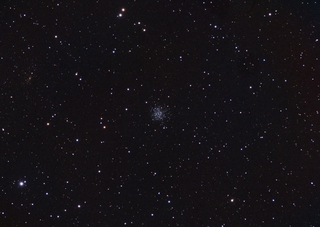
- Constellation: Aquarius
- Right Ascension: 23h 08m 26.7s
- Declination: −15° 36′ 39″
- Distance: 80,000 ly
- Globular Classification: XII
NGC 7492 is a globular cluster located in the constellation of Aquarius. At around 80,000 light years distant, it resides in the Milky Way's outer galactic halo.
- Details
- Category: Globular Clusters
- Telescope: Explore Scientific 127 Refractor
- Camera: ZWO 2600 MM
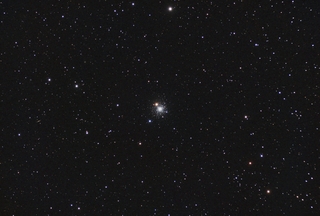
- Constellation: Virgo
- Right Ascension: 14h 29m 37.28s
- Declination: −05° 58′ 35.1″
- Distance: 82,200 ly
NGC 5634 is a globular cluster located in the constellation of Virgo. The bright orange star located next to it is HD 127119. The cluster was possibly once part of the Sagittarius Dwarf galaxy. It is classified as a IV globular cluster on the Shapley-Sawyer scale. The constellation of Virgo is known for its concentration of galaxies, and there are many distant galaxies visible in this image.
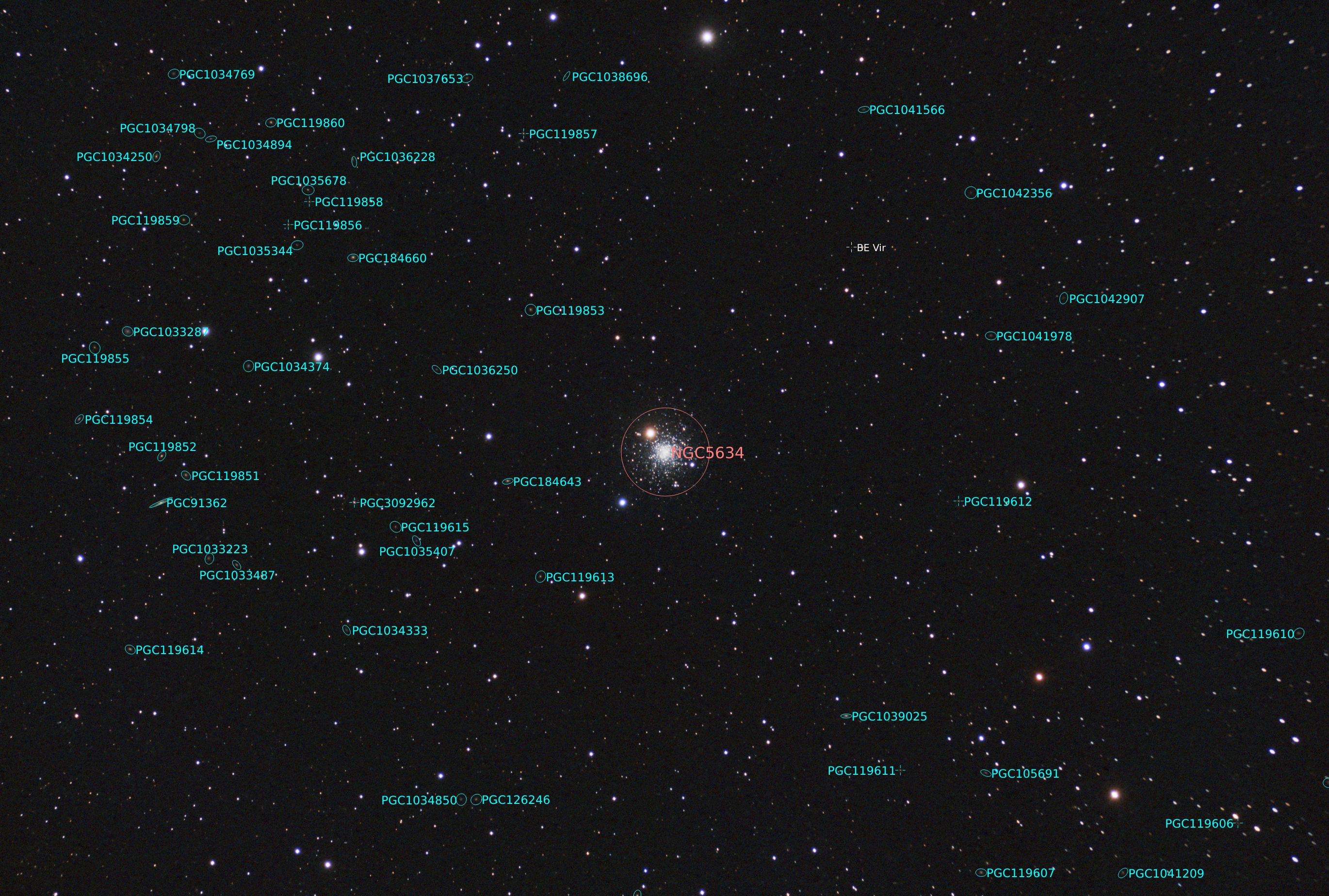
- Details
- Category: Globular Clusters
- Telescope: Explore Scientific 127 Refractor
- Camera: ZWO 2600 MM
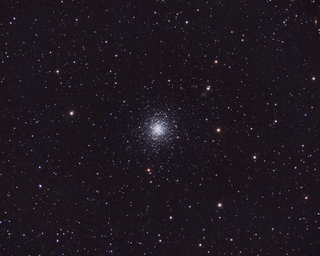
- Constellation: Hydra
- Right Ascension: 12h 39m 27.98s
- Declination: –26° 44′ 38.6″
- Distance: 33,600 ly
Messier 68 is a globular cluster located in the constellation of Hydra. One of the most metal poor globular clusters, meaning it mainly contains hydrogen and helium. Classified as a type X globular cluster.
- Details
- Category: Globular Clusters
- Telescope: Explore Scientific 127 Refractor
- Camera: ZWO 2600 MM
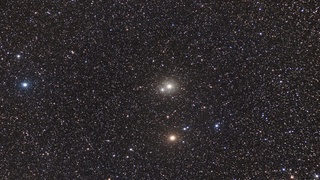
- Constellation: Sagittarius
- Right Ascension: 18:55:06.04
- Declination: -22:42:05.3
- Distance: 23,100 ly
Palomar 9 is another one of the 15 Palomar globular clusters. Located in the constellation of Sagittarius, while actually one of the brighter ones, its closeness to the brighter foreground star 35 nu.02 Sgr makes picking it out a bit more difficult. It is also cataloged as NGC6717.
- Details
- Category: Globular Clusters
- Telescope: Explore Scientific 127 Refractor
- Camera: ZWO 2600 MM
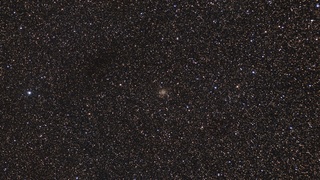
- Constellation: Sagittarius
- Right Ascension: 18:41:29.9
- Declination: -19:49:33
- Distance: 41,700 ly
Palomar 8 is another one of the 15 Palomar globular clusters discovered from the Palomar Sky survey in the 1950's. Located in the constellation of Sagittarius.
- Details
- Category: Globular Clusters
- Telescope: Explore Scientific 127 Refractor
- Camera: ZWO 2600 MM
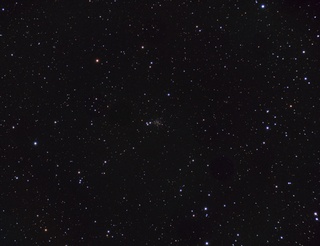
- Constellation: Capricornus
- Right Ascension: 21h 46m 38.84s
- Declination: –21° 15′ 09.4″
- Distance: 63,600 ly
Another member of Palomar Globular Clusters, at one time it was classified as dwarf galaxy, it is now considered to be a globular cluster captured from the Sagittarius dwarf galaxy. A younger than most globular clusters, its age is estimated at around 6 billion years. Classified as a XII type globular cluster.
- Details
- Category: Globular Clusters
- Telescope: Explore Scientific 127 Refractor
- Camera: ZWO 2600 MM